
Our aniseed
Anís en grano SanchoWe are experts in aniseed (Pimpinella anisum), also known as anise or anise seed.
There are two varieties of seed: green and brown. The difference is a result of the seed being harvested from the plant at different stages. Their characteristics in terms of aroma and flavour are discussed below.
All our plantations are located in Andalusia, where the combination of the Mediterranean climate and the quality of the soil means our aniseed has exceptional attributes.
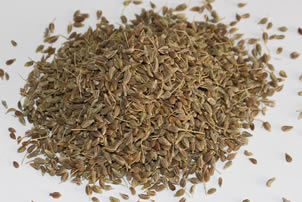
Contact us and get more information without commitment
Our Products

Brown aniseed
Maximum impurities level 0,20%

Green aniseed
Maximum impurities level 0,20%
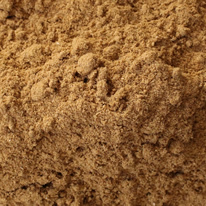
Thin crushed brown aniseed
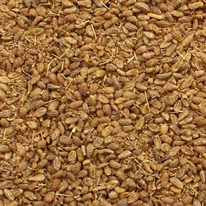
Coarse crushed brown aniseed

Brown aniseed
Maximum impurities level 1%

Brown aniseed
Maximum impurities level 2%

Brown aniseed
Maximum impurities level 3%
Download our product catalog here
Characteristics
Our aniseed helps to improve the quality of the final product for our customers, and also makes the production process more efficient due to low levels of impurities and a series of unique characteristics that make all the difference.
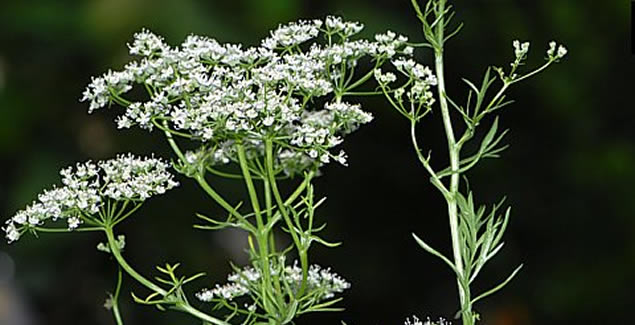
Aroma and flavour
These are the attributes that are most highly valued in the spice industry, in confectionery, by manufacturers of sauces and condiments, and by manufacturers of herbal teas.
Brown aniseed is sweeter and more intense, whereas green aniseed stands out for the freshness of its taste.

Size and shape of the seed
Spanish aniseed is characterised by having large round seeds.
This makes it perfect for food condiments in which the seed is surrounded by other ingredients, for example in sweets and condiments for confectionery.

Essential oil
This is the attribute that is most important in the distilling industry and in the manufacturing of aniseed liqueurs, as well as in the pharmaceutical industry.
A high essential oil content results in optimised processes of distillation and extraction. The product is selected and classified to best adapt it to the manufacturing needs of our customers.

Purity
The level of impurities arising from harvesting in our aniseed is between 0.20% and 3.00%.
A lower level of impurities improves the performance of the manufacturing process, resulting in end products of superior quality, reducing the processing costs in manufacturing, and improving industrial performance in distillation.
Impurities from the collecting process
The next photographs show the different types of impurities cleaned from the aniseed in our specialized cleaning process. These residues are natural materials which are gathering during the harvest.
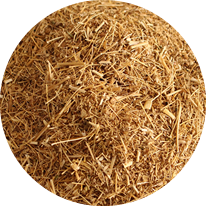
Thin volatile sticks

Small stones
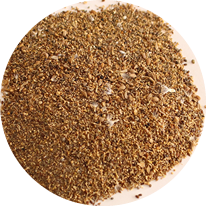
Volatile fine residues
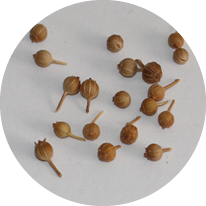
Coriander
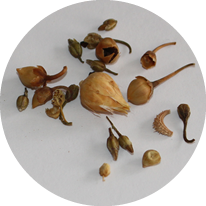
Flower Mix
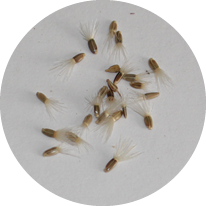
Brown knapweed

Field bindweed

Heavy Sticks
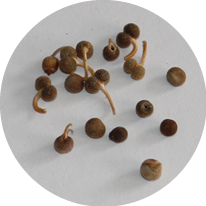
Aparine
Packaging
We offer a series of standard formats, but we can also adapt to any format required by our customers.
Packaged in raffia or hessian sacks, with a net weight of 25, 40 or 50 kg. We also offer a big-bag format of 600 kg.



